6 Of The Smallest-Displacement V12 Cars Ever
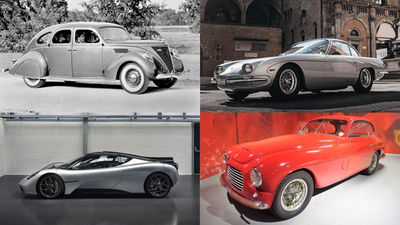
The V12 engine is perhaps the automotive world’s biggest endangered species right now, although Ferrari, Lamborghini and Aston Martin as well as a handful of boutique manufacturers are all putting up remarkable efforts to keep them alive.
It’s easy to think of all V12s as enormous displacement, howling beasts, and indeed, the vast majority still in use today come in at well above 5.0 litres of displacement. That’s not always been the case, though – there have been a few V12s throughout history with displacements you’d expect to find on engines with half, or even a third, of the cylinders. These are six of the smallest V12 engines ever to be fitted to road cars.
Daimler Double-Six
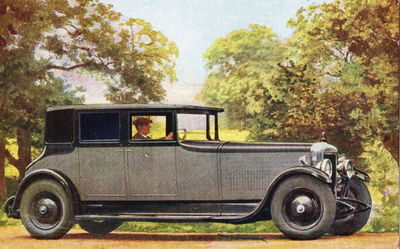
The V12 saw an explosion of popularity as the engine of choice for the wealthy during the roaring ’20s, and one of those early adopters was Daimler (the British company, no relation to the German Daimler that produced one of the earliest cars in the late 19th century).
Its ‘Double-Six’ V12 went as high as 7.1 litres in some models, but the ‘entry-level’ version was a humble 3.7 litres. It seems very few cars were ever fitted with this option, which was apparently produced between 1926 and 1932, and made around 100bhp (which we have to assume was terrifying in something with 1920s brakes and tyres).
Image: Alden Jewell, CC BY 2.0
Lincoln-Zephyr
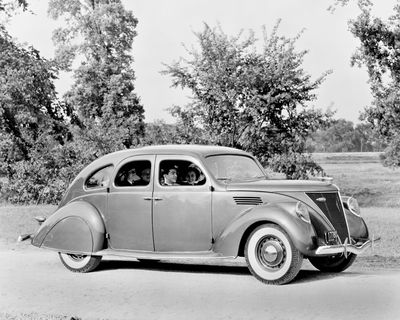
Even in the wake of the Great Depression, there was still a steady stream of glamorous, curvaceous V12-powered cars coming out of the USA in the 1930s. One of these was the Lincoln-Zephyr, a streamlined series of saloons, coupes and convertibles made by Ford’s luxury Lincoln division.
It used a narrow-angle V12 of a similar design to Ford’s more mainstream Flathead V8, which would eventually grow to 5.0 litres but was a more restrained 4.4 litres in early cars. Those initial versions produced around 110bhp.
Ferrari 166 Inter
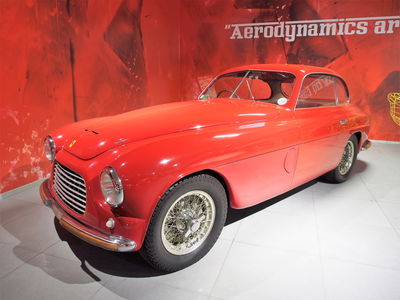
Ferrari is so proud of its history with and commitment to the V12 engine that it’s quite literally named its new car after it, and that history begins with its very first road car, the 1948 166 Inter.
It was a roadgoing version of the 166 S racer and shared with it an early version of Ferrari’s famous ‘Colombo’ V12 in an absolutely tiny 2.0-litre form. Yep, this was a V12 with the same displacement as most four-cylinder cars these days. Who says downsizing is a modern trend? By Ferrari’s own numbers, it made 89bhp and propelled the car to a mighty 93mph. How times change, etc., etc.
Lamborghini 350GT
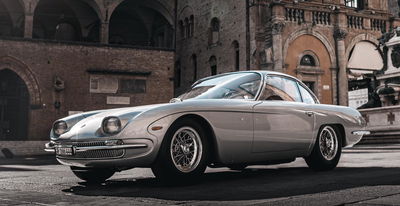
The other company you inevitably think of when somebody says ‘V12’, Lamborghini similarly started out with much smaller capacities than it ended up with. Its very first car, the 1964 350GT, featured an all-new Giotto Bizzarrini-designed V12.
That name is a clue to the engine's displacement: 3.5 litres. Despite making a healthy-for-the-day 276bhp, it was quickly upped to 3.9 litres for 1966’s 400GT. Of course, this engine would go on to have an astonishing shelf life, and by the time it died with the Murciélago in 2010, it had swollen to 6.5 litres.
Gordon Murray Automotive T.50
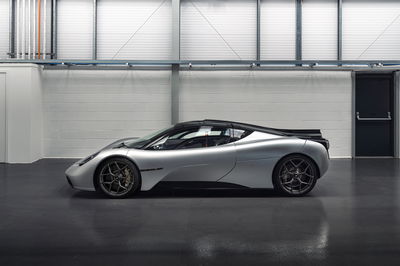
As the 20th century rolled on, it seemed like small-displacement V12s were a thing of the past. They’ve made a surprise return though, thanks to Gordon Murray’s attempt to best his work with the McLaren F1.
The F1 used a 6.1-litre BMW V12, but its spiritual successor, the T.50, has a brand-new Cosworth-developed unit. It displaces 3,994cc, so it is technically a 4.0-litre, but GMA calls it a 3.9 for… reasons. We won’t complain when it pushes out 664bhp and howls to an astonishing 12,100rpm. The same engine is also fitted to the less powerful T.33, but that’ll only hit 11,100rpm. Hopeless.
Yamaha OX99-11
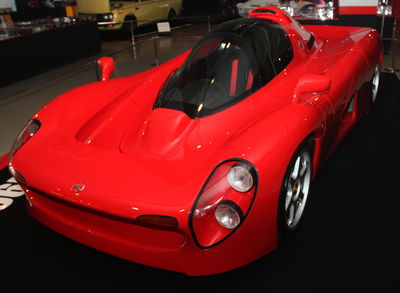
This is a bit of a cheat because it never actually went into production, but it was close. Conceived in the early ’90s as a way for Yamaha to funnel its Formula 1 expertise into a road car, it used a detuned version of the 3.5-litre V12 the company was supplying to the Brabham and Jordan F1 teams at the time.
Said to make around 400bhp in roadgoing form, it would still scream its way to 10,000rpm, sitting in the middle of a mad-looking, carbon-tubbed, manual supercar with a central driving position and tandem seating. Yamaha was serious about putting it into production and apparently made three prototypes, but Japan’s 1990s economic turmoil stopped it from seeing the light of day.
Image: Morio, CC BY-SA 3.0

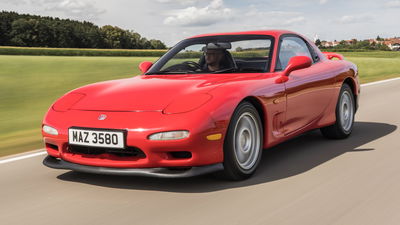













Comments
No comments found.